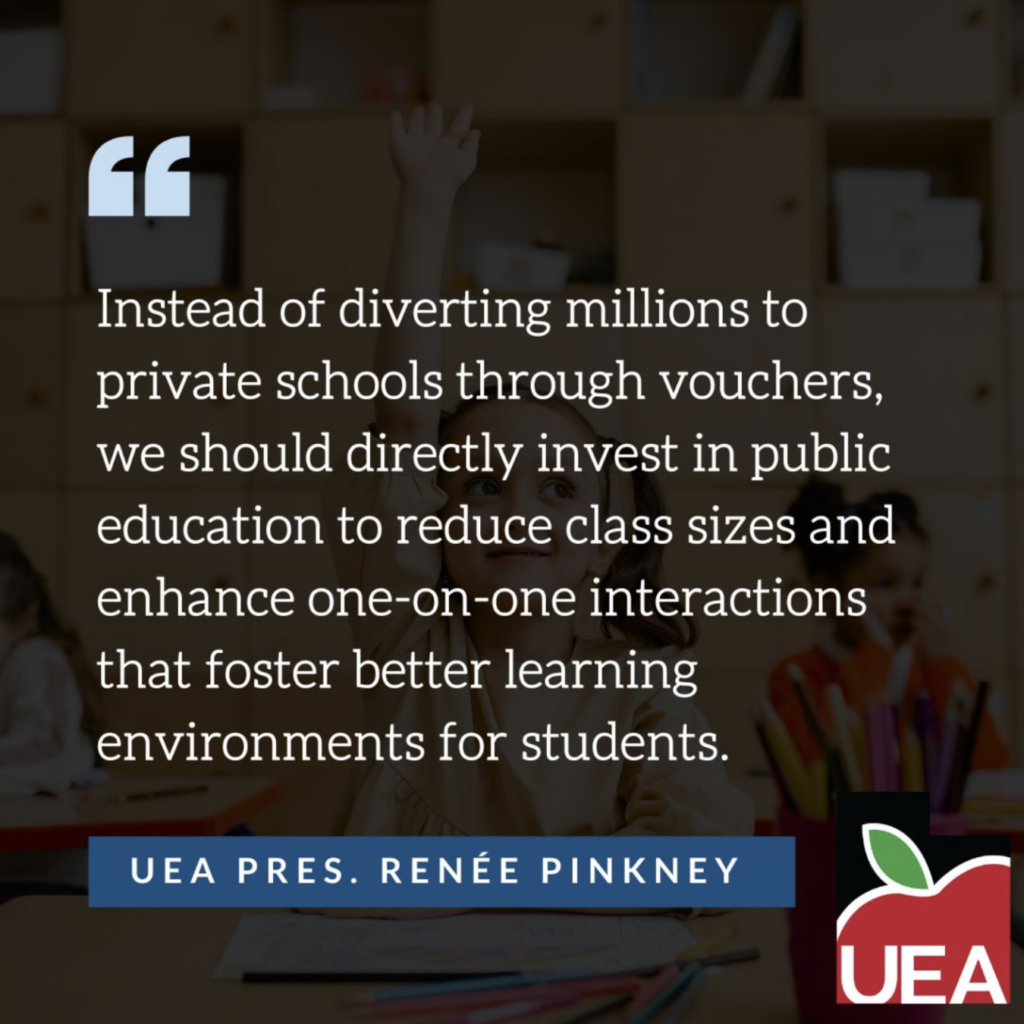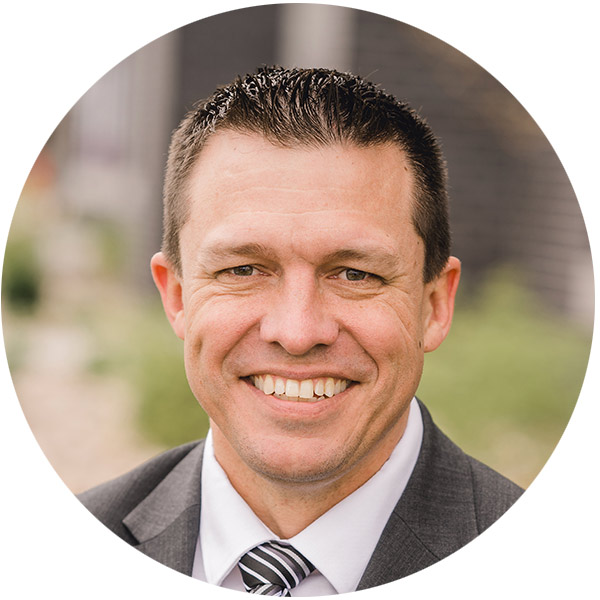Almost all of the 10,000 Utah Fits All Scholarships went to the lowest income families who applied, 9880 scholarships to be exact.
This flies in the face of arguments that the Utah Fits All will only go to rich families. This is clearly not the case. Nationwide, most education choice programs are awarded to students from low income families or students with special needs. But naysayers will still argue that the program is only subsidizing the rich.
Perhaps they think that all private schools are those with extremely high tuition. Those schools do exist, with tuition of up to $50,000. But most private schools are actually much more reasonable, charging tuition somewhere in the $10,000 to $12,000 range. And here is a secret: I’ve spoken to the private school association, and most of the schools will accept the Utah Fits All as payment in full, waiving the rest of the tuition.
The rise of microschools also brings a very affordable option, with some schools only charging $5,000 per student.
Bad-Faith Arguments
But the arguments against the education choice policies still persist nevertheless. Although they often include outlandish claims that are often the stuff of tall tales.
Here is another of my favorites. Many argue that education choice policies take money from public schools.
This is like arguing that increasing funding for roads takes money away from public schools. Obviously there is funding that is allocated to different programs, but the actual budget of the public schools has not decreased even slightly. In fact, the year that the Utah Fits All program was passed, public schools received an 18% increase in their budget.
Public School Funding is Still Increasing
Just because a private program received some funding, doesn’t mean that the money was diverted from public schools.
Even in this last year, when the tax money was significantly less than prior years, the public school budget still increased from $7.4 billion to $7.7 billion.
So, when you see social media posts, or news headlines, remember: there are a lot of lies out there concerning education choice programs. Don’t believe them.






